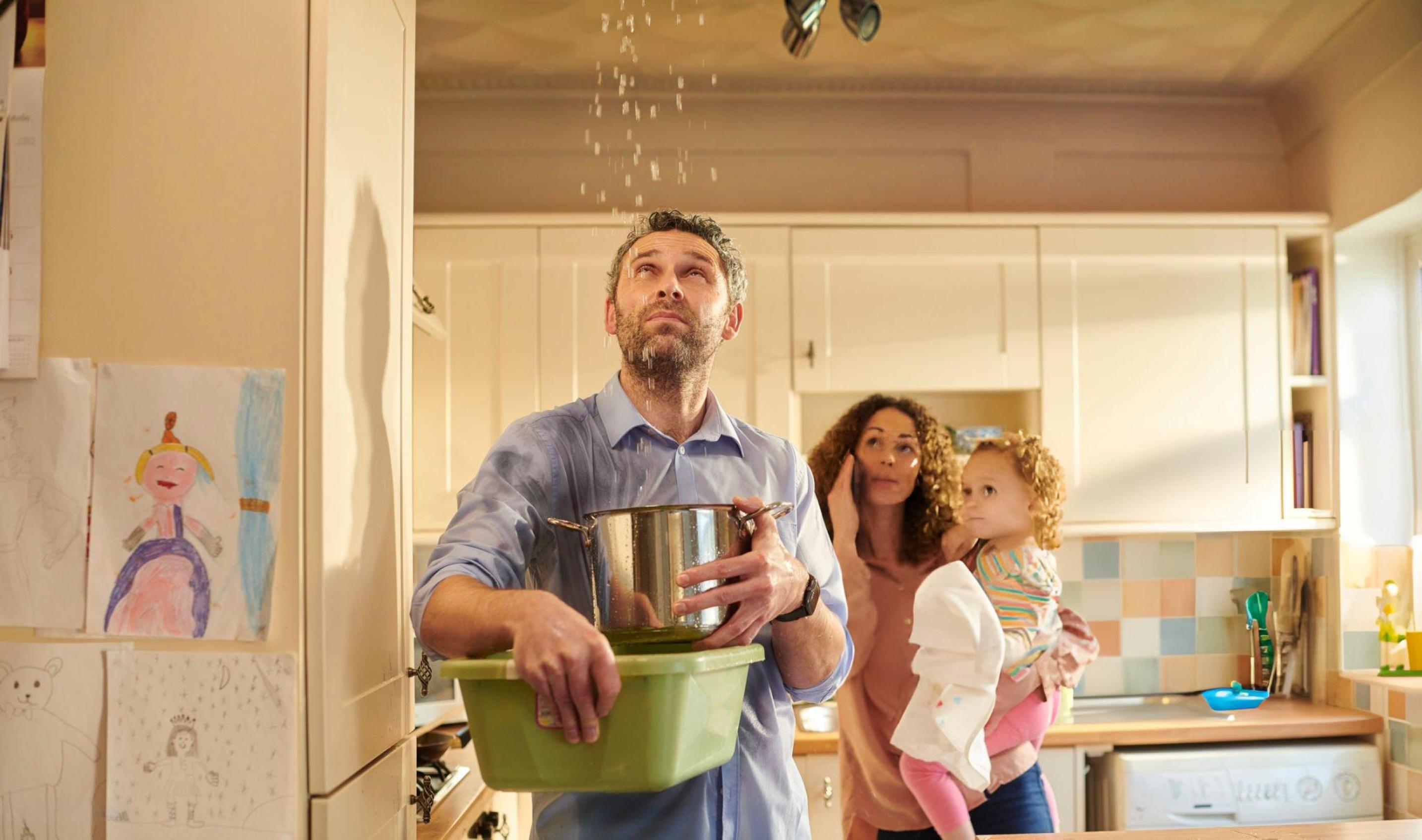The Ultimate Guide to Water Damage Restoration

Introduction:
Water damage can strike unexpectedly, turning your home or business into a soggy mess. Whether it’s from a burst pipe, heavy rainfall, or a leaky roof, water damage can cause significant problems if not addressed promptly. In this comprehensive guide, we’ll explore the world of water damage restoration, answer frequently asked questions, and provide expert tips to help you navigate the challenges of water damage.
FAQs:
1. What are the common causes of water damage? Water damage can result from various sources, including burst pipes, plumbing leaks, appliance malfunctions, roof leaks, flooding, and natural disasters such as storms or hurricanes.
2. How quickly should I address water damage? Time is of the essence when dealing with water damage. The longer water sits, the more damage it can cause. Immediate action helps prevent mold growth, structural damage, and other long-term issues.
3. Should I attempt to handle water damage restoration myself? While small water spills can be managed with DIY efforts, significant water damage requires professional expertise. Certified water damage restoration professionals have the necessary equipment and experience to assess, mitigate, and restore the damage effectively
4. What steps should I take immediately after discovering water damage?
Turn off the water source, if possible. Disconnect electrical appliances and turn off the power in affected areas. Remove valuables and furniture to a dry area. Begin extracting standing water using a wet/dry vacuum or mop.
5. How do professionals assess water damage? Certified technicians use moisture meters, infrared cameras, and other specialized tools to assess the extent of water damage. This helps create a comprehensive restoration plan tailored to the specific needs of your property.
6. Can water damage lead to mold growth? Yes, water damage creates an ideal environment for mold growth. Mold can begin to develop within 24–48 hours of water exposure. Professional water damage restoration includes thorough drying and dehumidification to prevent mold growth.
7. What does the water damage restoration process involve? The water damage restoration process typically includes:
-
Water extraction
-
Drying and dehumidification
-
Cleaning and sanitizing
-
Repairs and reconstruction
8. Will my homeowner’s insurance cover water damage restoration? Coverage varies, so it’s essential to review your policy. Generally, insurance may cover sudden and accidental water damage, but gradual issues or negligence may not be covered.
9. How long does water damage restoration take? The duration depends on the extent of the damage. Minor incidents may take a few days, while more severe cases may require weeks. A prompt response can expedite the restoration process.
10. How can I prevent water damage in the future? Regular maintenance, timely repairs, and vigilant monitoring of potential issues, such as leaks or poor drainage, can help prevent water damage. Consider installing a sump pump, maintaining your roof, and insulating pipes in cold weather.
Expert Tips:
1.Act Quickly: Time is crucial in mitigating water damage. Swift action helps minimize damage and reduces the risk of secondary issues like mold growth.
2.Safety First: Prioritize safety during water damage incidents. Turn off electricity in affected areas, wear protective gear, and avoid contact with contaminated water.
3.Professional Assessment: Consult certified water damage restoration professionals for a thorough assessment. They can identify hidden issues and provide a comprehensive restoration plan.
4.Insurance Review: Regularly review your homeowner’s insurance policy to understand coverage for water damage. Consider additional coverage if you live in an area prone to flooding.
Conclusion:
Water damage restoration is a complex process that requires swift action and professional expertise. By understanding the common causes, taking immediate steps after water damage occurs, and seeking professional help, you can mitigate the impact and restore your property effectively. Stay informed, act promptly, and protect your home or business from the potential hazards of water damage.
- Art
- Causes
- Crafts
- Dance
- Drinks
- Film
- Fitness
- Food
- Jocuri
- Gardening
- Health
- Home
- Literature
- Music
- Networking
- Alte
- Party
- Religion
- Shopping
- Sports
- Theater
- Wellness
- IT, Cloud, Software and Technology


